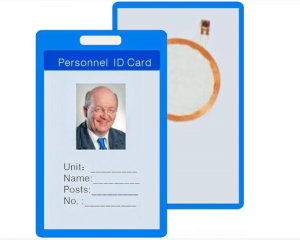According to statistics, my country currently has more than 2,700 public libraries at or above the county level, nearly 2,000 university libraries, and more than 200 academies of sciences, academies of social sciences, ministries, and military scientific research libraries with a collection of more than 100,000 items. The variety of books in each library is so diverse that it increases the workload of the staff and makes it difficult for readers to find books of their interest. This greatly damages readers’ interest in reading and wastes social resources. Library standard RFID tags have ample reserves of existing development technologies, including computer database technology, wireless and wired network communication technology for data transmission connected with RFID equipment, middleware standard-software development, and photoelectric control automatic sorting system technology. It improves the management of the library and the convenience of readers.
Currently library tags are used in the following aspects
The combination of library RFID application service innovation and equipment innovation provides readers with more convenient and user-friendly services.
The library cooperation alliance in the same city has grown stronger day by day. With the help of the logistics delivery system and the central book return sorting system that are matched with the library’s RFID application, it can realize the appointment delivery and resource sharing in different places.
Smart bookshelves, smart book return statistics bookshelves, community day and night unattended book borrowing-returning workstations, shelf area check-navigation mode optimization, three-dimensional intensive intelligent access to the library, library industry RFID applications have developed from simple borrowing and returning applications in the early stage to Complex function applications.


























